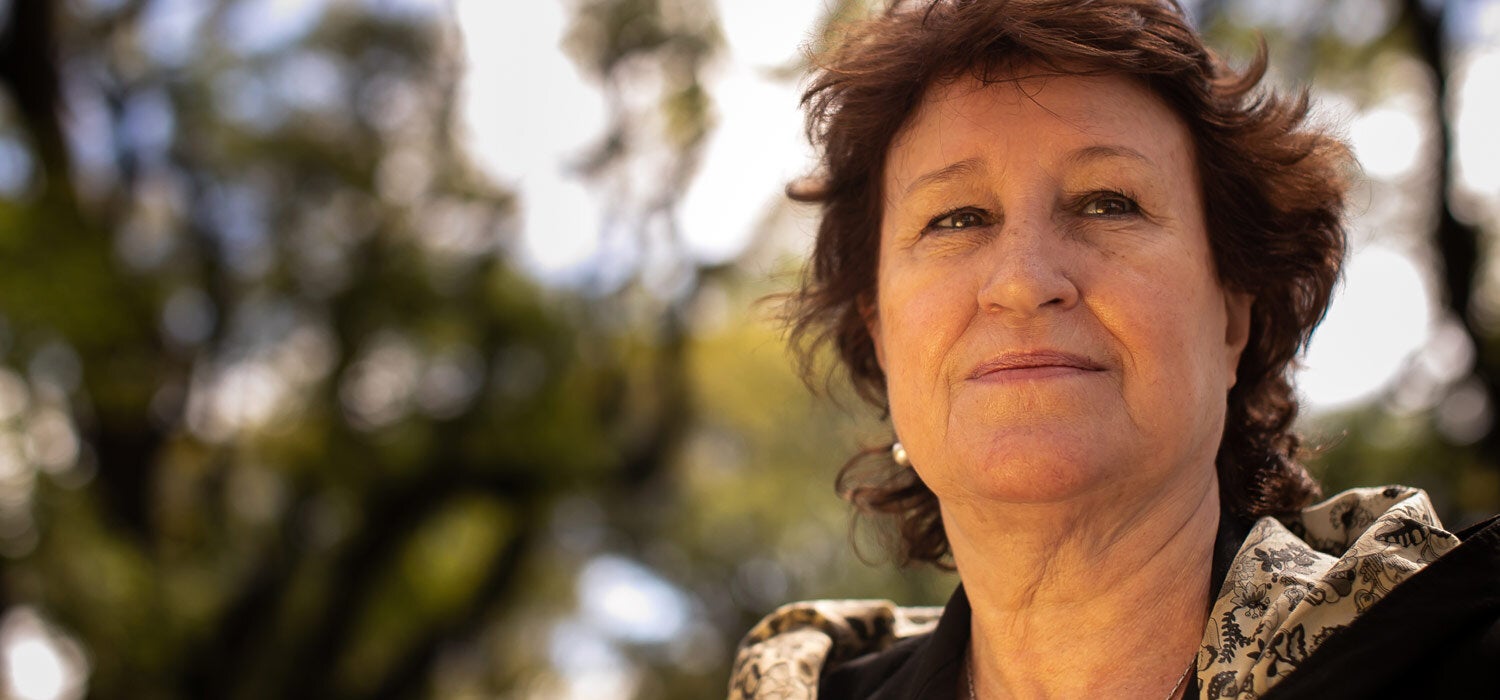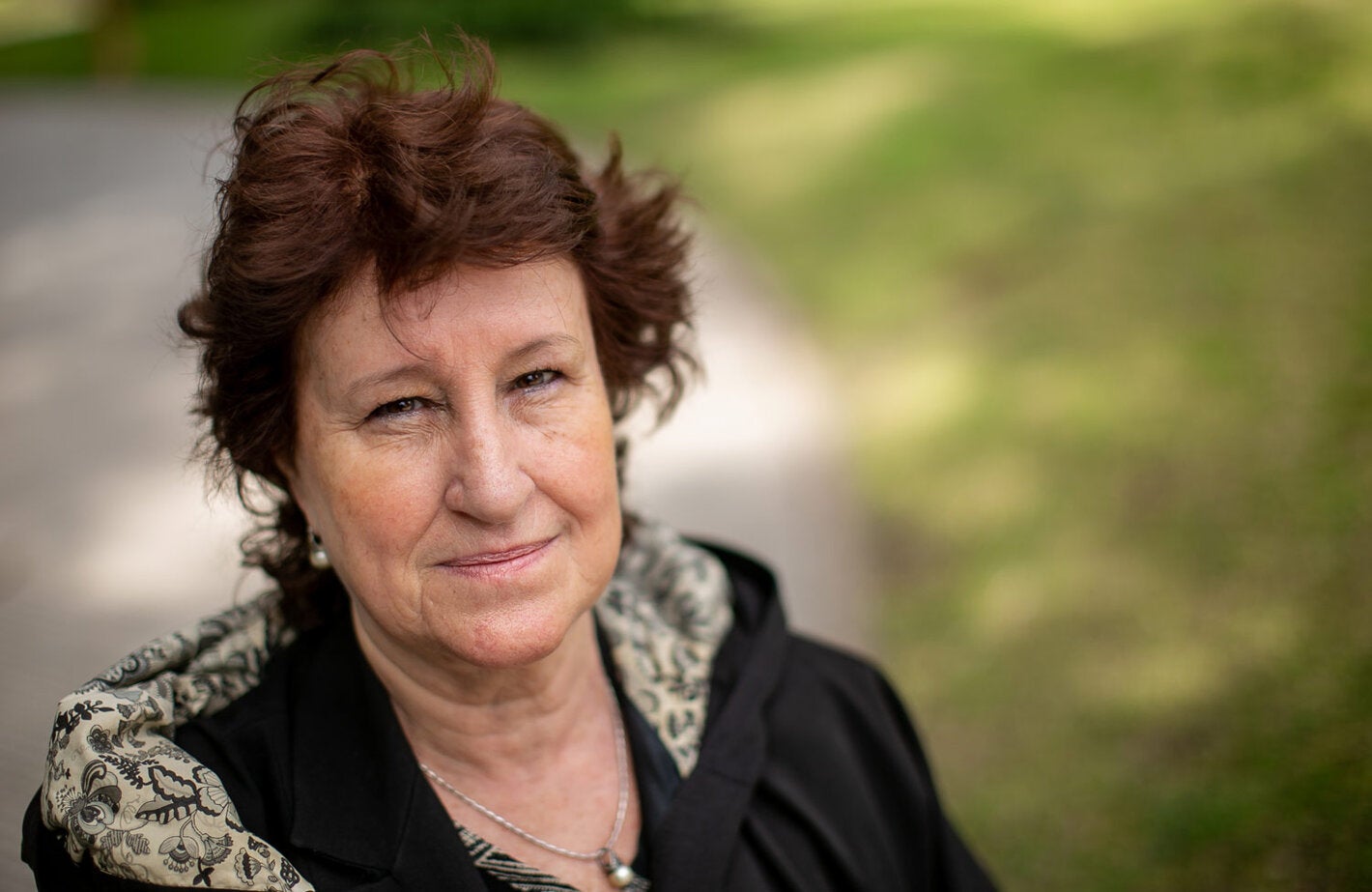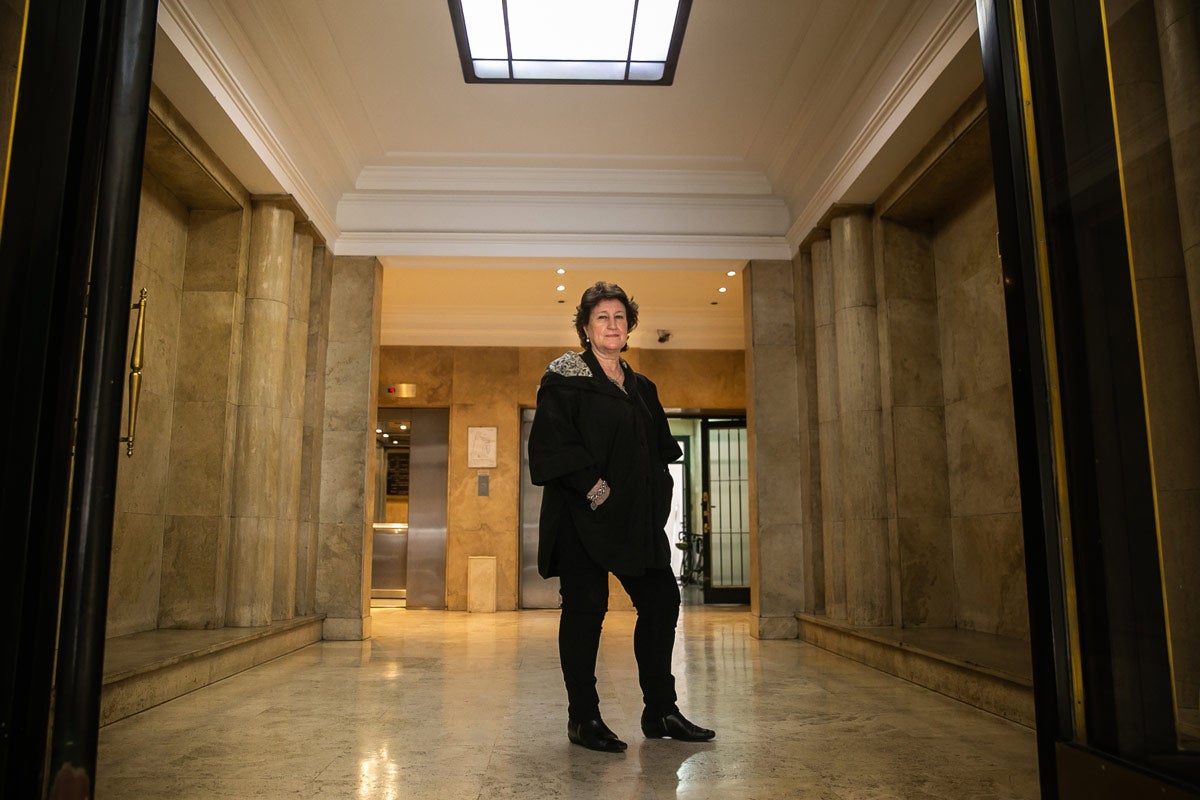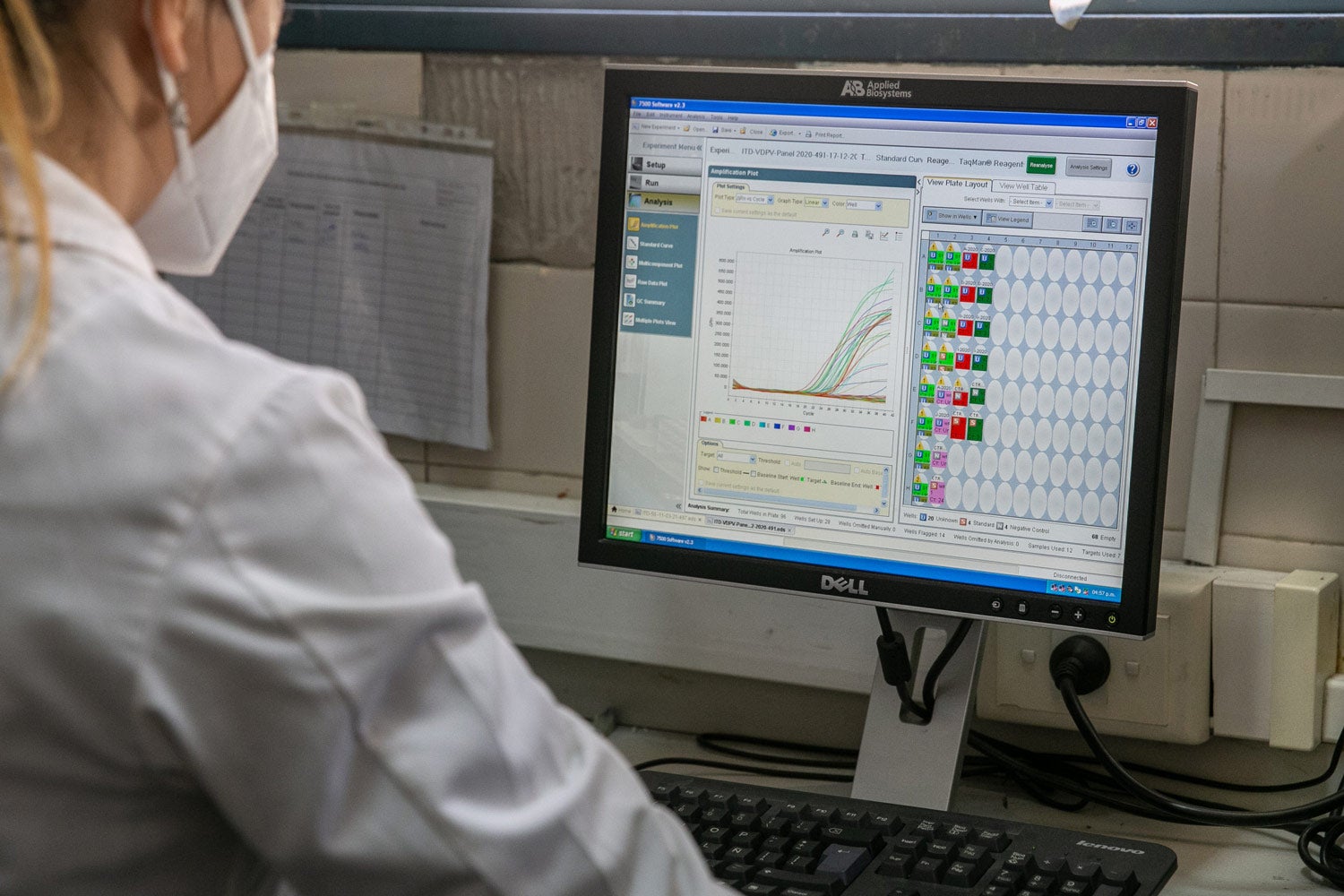Diagnosis, vaccination, and epidemiological surveillance are key actions needed to not only keep the Region of the Americas free of the three types of poliovirus, as has been the case since 1991, but also to contain and neutralize potential outbreaks of Sabin vaccine-derived polio.
15 October 2021
No matter how many times she’s tried, María Cecilia Freire cannot stop the tears when looking back on the journey she's taken with her team to eradicate poliomyelitis. "Even under the most complex and extreme conditions, diagnosis never stopped," says an emotional María Cecilia Freire, head of the Neurovirology Section of the Malbrán Institute's Virology Department. This important center in Argentina also serves as the Regional Reference Center for the Pan American Health Organization (PAHO) and the World Health Organization (WHO) and, thanks to its significant contributions, all countries of the Region have been declared free of the wild poliovirus since 1994––nearly 30 years now.
Ancient Egyptian friezes bear witness to how long poliomyelitis has been with us. It is a highly contagious neurological disease that mainly affects children and is caused by three types of poliovirus. It spreads when the stool of an infected person is introduced into the mouth of another person through contaminated water or food (fecal-oral transmission). Although in the vast majority of cases it does not cause symptoms (which can range from tiredness and headache to fever, vomiting, and stiffness in the neck), in one out of every 200 people it attacks the nervous system and causes irreversible paralysis in legs or arms. On rare occasions, it may injure the brain stem and cause death.
As Freire points out, the Malbrán Institute’s impact in the fight against polio is the result of a continuous pioneering effort that began in the 1950s, when the Italian-born Argentine physician Eugenia Sacerdote de Lustig—who a few years later would also be the first doctor in Argentina to test the polio vaccine—introduced the tissue and cell culture technique during a full-blown epidemic in that country. This classic diagnostic methodology earned her a following and is still used today under Freire's command.
Contrary to popular belief, the polio eradication campaign is far from over. Although the wild variants are a thing of the past nearly everywhere in the world (the only exceptions today are Afghanistan and Pakistan where type 1 polio is endemic), there are still outbreaks derived from the Sabin vaccine. Because this vaccine is based on an attenuated virus, it has minimal ability to mutate, revert back to its neurovirulence, and cause cases of poliomyelitis.
In Argentina, for example, the strategy aimed at finding a solution resulted in a change in the National Vaccination Schedule in 2020, replacing that form of immunization with the injectable inactivated Salk vaccine for all doses. At the same time, the surveillance system became vital for controlling the emergence of the virus. And this is where we can fully appreciate the true extent of the non-stop work of diagnostic teams such as the one at the Malbrán Institute with people like Freire, who have dedicated their entire professional lives to this issue.
Vaccination before war
"I always say I did not choose polio, it chose me," jokes Freire, thinking about her beginnings. And there's a certain truth to that: At the age of 26, shortly after graduating from the University of Buenos Aires, she started working at the Institute in 1980 almost by accident, having received an invitation from a classmate in French class. "Actually, my initial plan was to finish my studies and go work as a clinician in Esquel, having been inspired by the life of Albert Schweitzer, a German physician who gave up everything and moved to Africa," she recounts. But 41 years went by and she never made it to that town in southern Argentina, not even as tourist. Nor does she have any plans to.
Her trips have always had some connection with her job, giving her the opportunity to get a close look at the current situation in the Region. Her conclusion is that while science, medicine, and organizations around the world make a contribution, the fact that there has not been a single a case of wild polio in the Americas since 1991 is above all due to the determination of society itself. "What made it possible to eliminate the three circulating wild polioviruses here before anywhere else in the world was a major social mobilization effort," she contends. "Those were times of war. For example, El Salvador was in the middle of a civil war, but they paused the conflict for a day so that people could be vaccinated. It was epic,” she recalls.
At a time when the world is resorting to vaccines, prevention, and surveillance to emerge from the COVID-19 pandemic, examples such as these are what convinced the doctor that sooner or later, even if it doesn't happen during her career, polio eradication will become a reality. For this reason, while she is preparing to pass the baton on to future generations, she puts particular emphasis on dedication to service, love of one’s work, and having the sense to take education seriously. These are values she feels are essential to overcome obstacles in a career with so much sacrifice, and to forever maintain the mystique surrounding institutes such as Malbrán. "I still feel very young and have many things ahead that I love doing," she explains. As emotional as she was when the conversation began, she concludes, "But looking back, I believe that in some ways I led the way with my work. And knowing that, I feel complete.”






